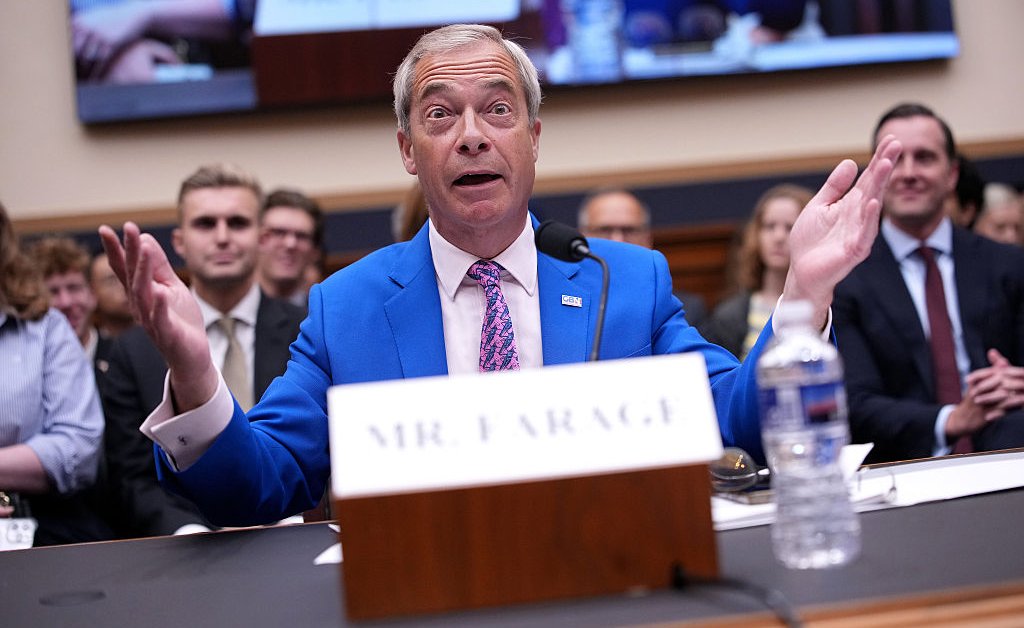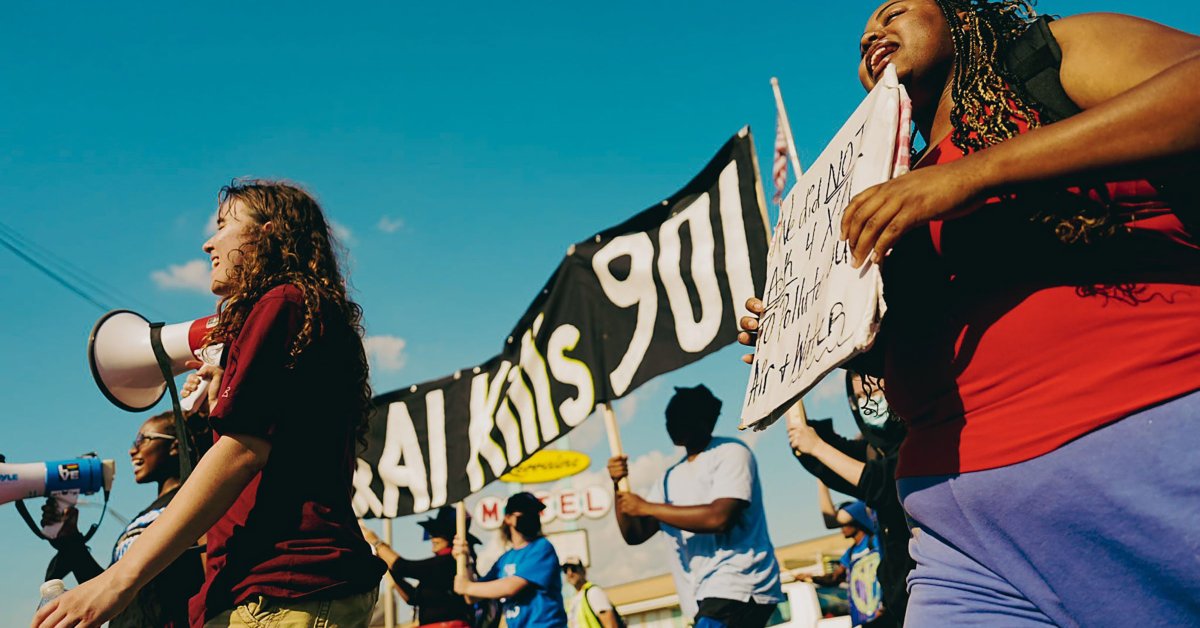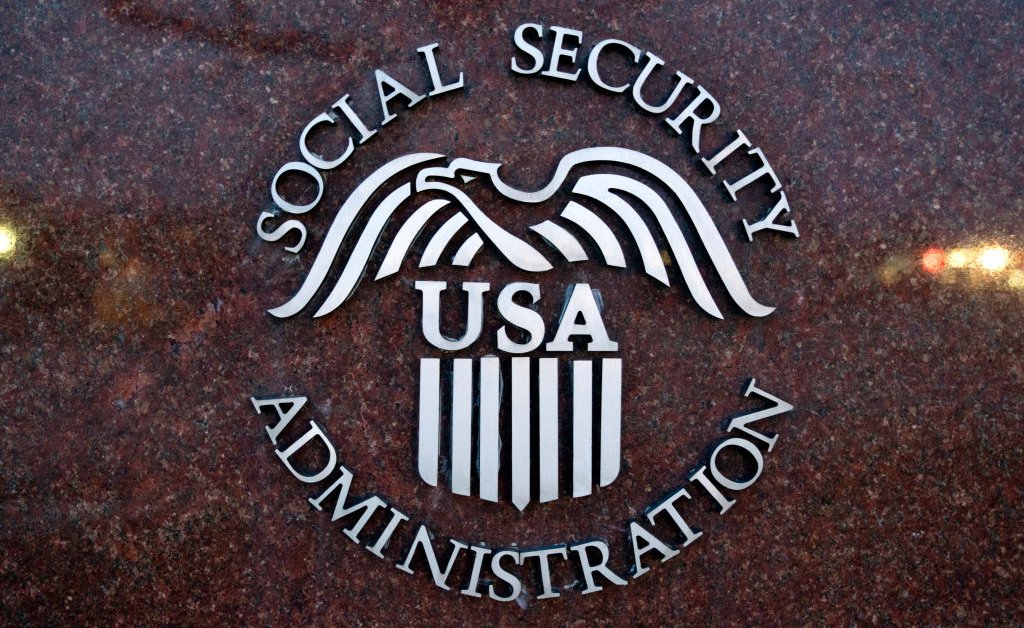An eerie calm returned to Nepal on Wednesday after an army-enforced curfew paused two days of anti-government protests that had convulsed the capital Kathmandu and other cities, with predominantly young demonstrators burning tires, ransacking ministries, and invading politicians’ homes so that the occupants had to be airlifted to safety.
At least 22 people lost their lives and hundreds more were injured by security forces in the carnage, which was ostensibly sparked by state attempts to block access to social media but in truth reflect an explosion of long bottled-up rage against political corruption and widespread inequality in the Himalayan nation of 30 million.
The banning of 26 social-media platforms including Facebook, YouTube, and X was officially due to the companies’ failure to register and submit to government oversight, though protesters attributed the move as an attempt to block the crescendo of online complaints from young people furious at the luxurious lifestyles enjoyed by children of the political elite, so-called “nepo kids.”
The disparity between what ordinary Nepalis experience and what they saw flaunted online prompted calls last week for mass protests—calls which only mushroomed following the hamfisted social-media ban. Even after that prohibition was lifted on Tuesday, and the resignations of Prime Minister Khadga Prasad Sharma Oli and Home Minister Ramesh Lekhak, the unrest escalated.
“The government in Nepal was trying to use those new social-media regulations to prevent the very thing that happened,” says Michael Kugelman, a D.C.-based South Asia analyst. “So it completely backfired.”
The power of social media to foment popular protest is no stranger to Asia, where the internet has been a key driver of popular uprisings that toppled governments in Sri Lanka in 2022 and Bangladesh in 2024, and continue to roil Indonesia today. But it’s a phenomenon that first came to light in the 2010 Arab Spring, when a series of anti-government protests swept the Middle East and North Africa that were predominately organized online.
Most notably, and in a clear augury of Nepal today, efforts during the Arab Spring to block social-media access simply cut a head of the hydra: highlighting the state’s blatant disregard for freedom of speech and assembly, vindicating the protesters’ complaints, and widening sympathy for their demands.
Little wonder authoritarian states were spurred by the Arab Spring into enacting draconian internet controls. Across Nepal’s northern frontier, China’s Great Firewall became the poster child for tightly regulated online space. Not only does the Great Firewall block undesirable external information but also weeds out and proscribes politically sensitive domestic content.
But the Great Firewall is just one aspect of a complex web of overlapping controls in China, where buying broadband or a smartphone SIM card requires a government ID. Even using public WiFi requires phone number verification—also linked to your ID—while users of China’s ubiquitous WeChat messaging service must register their bank details to join groups with more than 100 members.
These myriad verifications mean that even supposedly anonymous posts on online forums can bring legal consequences, promoting a culture of self-censorship. When trouble does flare, responses are swift and resolute, such as the Chinese Communist Party’s censoring of online discussion about activist and journalist Sun Lin, who died in November 2023 following a beating by police in apparent punishment for negative social-media posts regarding strongman Xi Jinping. Increasingly, AI tools are being employed to swiftly target and remove compromising material.
“Beijing officials must be looking on their Kathmandu counterparts with pity and glee, counting their lucky stars that mainland Chinese netizens can’t even miss what Nepalese have fought so hard to get back,” says Sean King, senior vice president focusing on Asia for consulting firm Park Strategies.
But it’s not only autocracies that are waging a war against free speech online. Last year, global internet freedom declined for the 14th consecutive year, according to the 2024 Freedom on the Net report by Freedom House, with only 17% of the assessed global population gauged to enjoy free and open internet.
On the other side of Nepal from autocratic China, India is a test case for how democracies are employing increasingly sophisticated tactics to control online narratives. For one, since 2023 India has ramped up efforts to regulate its internet by empowering many more officials to issue takedown orders directly to tech firms—rather than just its IT and Information and Broadcasting ministries as previously permitted.
Leading up to last year’s general election, the Indian government also sought to install a “factchecking” unit to rectify purportedly false reporting—prompting objections from journalists and tech companies. Everything from news about a deadly stampede to cartoons that lampoon Prime Minister Narendra Modi have been the subject of removal orders.
Of course, a completely unregulated internet also has issues, as spotlighted by how online hate and misinformation contributed to the genocide of Rohingya Muslims in Myanmar. “Regulating social media has always been a double-edged sword,” says Meenakshi Ganguly, Asia deputy director for Human Rights Watch. “Because sometimes social media can promote violence and the targeting of minority groups and vulnerable communities.”
What’s next for Nepal is unclear. Nepalis struggle with per capita annual income of less than $1,400, while youth unemployment stands at around 20%, spurring more than 2,000 young people to leave the country every day to seek work overseas, mainly in the Middle East.
Demonstrators are demanding the dissolution of parliament, mass resignation of lawmakers, immediate suspension of officials who ordered firing on protesters, and fresh elections. Whether these demands alone will solve Nepal’s problems is doubtful.
At the least, the hope is that the nation’s political class learns to heed criticism rather than just silence it. Unfortunately, the reverse lesson for authoritarian states—and those aspirationally so—is the existential risk of relinquishing control, because not only can you never put the genie back in the bottle, but trying to often just fuels the fire.
“Resentment and anger shouldn’t come as a surprise to Nepal’s political leadership—if they just choose to listen,” adds Ganguly. “But as often happens with governments, they tend to want to shut down critics, as opposed to addressing the complaints themselves.”








